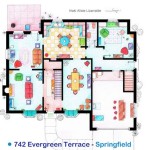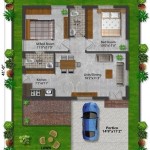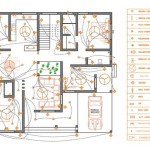Essential Aspects of Small Self Sufficient Home Plans
Creating a self-sufficient home on a small scale requires careful planning and consideration of essential elements that will ensure sustainability and comfort. Here are the fundamental aspects to focus on:
1. Energy Efficiency:
Reducing energy consumption is crucial for self-sufficiency. Consider passive solar design, using south-facing windows to capture sunlight for heating, and adding insulation to walls, roof, and floors to minimize heat loss. Invest in energy-efficient appliances and lighting to further reduce electrical usage.
2. Water Management:
Self-sufficient homes rely on water harvesting and conservation. Install a rainwater catchment system to collect rainwater for non-potable uses, such as irrigation or flushing toilets. Consider greywater systems to recycle used water for landscaping or non-essential cleaning purposes. A well or cistern can provide backup water supply.
3. Food Production:
Growing your own food is essential for self-sufficiency. Plan for a dedicated garden space, raised beds, or vertical gardening systems to maximize yield in limited areas. Choose plants that are suitable to your climate and can provide a variety of produce throughout the year. Consider companion planting techniques to increase productivity.
4. Waste Management:
Minimize waste by implementing a composting system for organic materials. This nutrient-rich compost can be used to fertilize your garden, reducing waste and dependence on synthetic fertilizers. Consider using biodegradable materials and exploring recycling or repurposing options to reduce waste output.
5. Renewable Energy Systems:
Supplementing your energy needs with renewable sources, such as solar panels or wind turbines, can enhance self-sufficiency. Solar panels can generate electricity for lights, appliances, and heating, while wind turbines can harness wind energy to produce electricity. These systems require initial investment but can provide long-term energy savings.
6. Skill Building:
Becoming self-sufficient requires developing practical skills in areas such as gardening, home maintenance, and food preservation. Attend workshops, consult books, or connect with experienced homesteaders to expand your knowledge base. Skills such as cooking from scratch, repairing appliances, and troubleshooting home systems can contribute to your self-reliance.
7. Eco-Friendly Materials:
Consider using sustainable and eco-friendly building materials to minimize environmental impact. Recycled or reclaimed materials can reduce waste, while natural materials like bamboo or cork offer renewable and durable options. Choose paints and finishes with low volatile organic compounds (VOCs) to improve indoor air quality.
By carefully considering these essential aspects, you can create a small-scale self-sufficient home that provides shelter, sustenance, and independence, while promoting environmental sustainability.

Modern House Ch28 Small Plans Floor

Épinglé Sur Tiny Homes And Cabins

Passive Solar House Plans For Our Off Grid Homestead Byexample Com

Small House Plan Ch187 Images Floor Plans Home Design With Affordable Building Budget

Earthships Tiny Homes
Small Homestead Archives The Self Sufficient Homeacre

Self Contained Backyard Cabin 3m X 6m With Fit Out Pods Fe De Casas Sencillas Casa La Mis Sueños

Tiny Wind Solar Powered Home Lets You Live Off The Grid Anywhere In World Homes

Self Sustainable Skit Micro House By Dachi Papuashvili Homecrux

Competitive Fully Self Contained Modular House Hotel Apartment For Yumisteelmaterial Com








